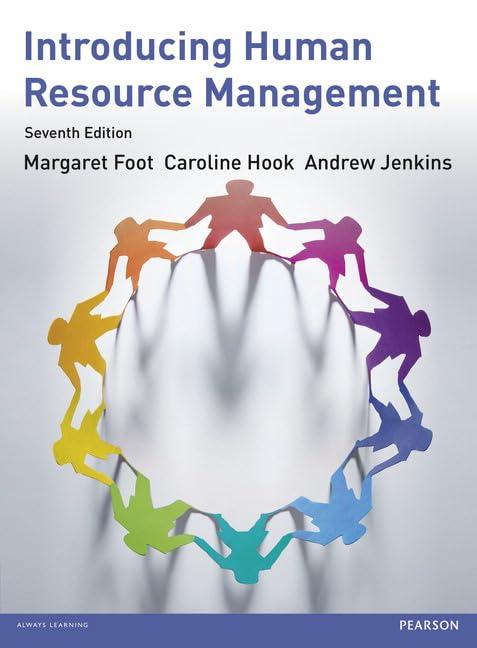I have to implement a recruitment and promotion policy that attracts a broader group of people, including
Question:
I have to implement a recruitment and promotion policy that attracts a broader group of people, including senior women. But how can the company engage its white male employee majority, who could feel threatened by inclusivity targets and moves to attract a broader base of people?
Stephen Frost, UK head of diversity at consultancy KMPG, says: Diversity programmes often fail because they are framed poorly. You need to answer three questions for your key audience, the decision makers. Why are we doing this? What are you proposing? How are we going about it?
Let us start with “why?”. The business case for greater diversity is compelling: it counters “groupthink”, provides greater cognitive challenge and informs better decisions. However, the lack of action reflects the fact that many people do not fully accept this. Implicit bias is important to understand here. We are all biased. This means you need to be empathetic because you are challenging people’s view of their own objectivity.
Moving to “what?”. Data enable us to display conceptual views of diversity or gender. For example, if we present the gender statistics at various grades in an organisation, we typically see a pyramid shape – perhaps 50-50 men and women in junior ranks and a big narrowing of women at the top. By introducing proportionality by grade or department, we can challenge bias in a less threatening way. For example, if a third of a particular grade are women, yet the grade above is only 10 per cent, it raises the question: why are we not promoting about 33 per cent women to reflect the actual talent pool available? This is not positive discrimination but an effective and measurable check on naturally occurring bias.
Questions
1. What are the pros and cons of diversity for an organisation?
2. Why is it that some workplaces are not diverse when the labour market is?
3. How can diversity be increased in an organisation without alienating people?
Step by Step Answer:

Introducing Human Resource Mangement
ISBN: 9781292063966
7th Edition
Authors: Margaret Foot, Caroline Hook, Andrew Jenkins





